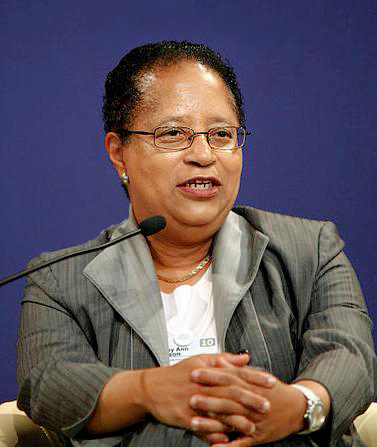Yesterday,
I posted a quote from David Suzuki on my facebook group about science education failing to
incorporate skepticism. This was shared widely and approvingly reposed by several highly followed pages.
If you are a science educator yourself, you probably responded to this quote by saying something like "that is easy for you to say. I have tried to teach critical thinking and it is very hard to find material that I could actually use in my classroom."
I take this complaint very seriously. It is difficult to find good critical thinking materials that are both interesting and can actually be applied in the real world. Another reasonable requirement is that these resources need to be very affordable or free. This is because, at least in the United States, good educators get paid just as poorly as bad educators. Even if they are phenomenal science teachers, they simply do not have the extra money available to buy a bunch of stuff. Fortunately for us, many skeptical educators have already anticipated your concerns and have gone through the trouble of creating free skeptical resources for the classroom. These booklets and videos investigate fascinating topics and are tailored for children and young adults who need a dose of critical thinking added to their school curriculum and can can be downloaded with the click of a button.
I take this complaint very seriously. It is difficult to find good critical thinking materials that are both interesting and can actually be applied in the real world. Another reasonable requirement is that these resources need to be very affordable or free. This is because, at least in the United States, good educators get paid just as poorly as bad educators. Even if they are phenomenal science teachers, they simply do not have the extra money available to buy a bunch of stuff. Fortunately for us, many skeptical educators have already anticipated your concerns and have gone through the trouble of creating free skeptical resources for the classroom. These booklets and videos investigate fascinating topics and are tailored for children and young adults who need a dose of critical thinking added to their school curriculum and can can be downloaded with the click of a button.
The first resource that you should check out is a series of short pamphlets/books created by the James Randi Education Foundation. All three of these guides are
custom made with certain age groups in mind (one is for elementary, one for late middle school, and one for high school) and are about non-threatening topics like dowsing, ESP, and faeries (Sir Arthur
Conan Doyle, the writer of Sherlock Holmes believed in them). The JREF has provided both student and teacher editions so that you have all the material you need to lead a class discussion.
If this sounds interesting, please click here and download them.
The second resource that I recommend is Brian Dunning's movie, Here be Dragons. This movie is designed to be watched in one class period (it is 45 minutes) and covers very interesting material like conspiracy theories and homeopathy. Mr. Dunning does an excellent job of outlining logical fallacies and exposing many of the bunk that hucksters without being threatening. He also explains how certain features of science work, why people believe in weird things, and even provides an excellent reading list at the end for students who want to know more.
If Mr. Dunning's movie sounds appealing, you can get it here for free.
Third, I want you to check out this workshop on instituting skepticism in the classroom. It was conducted at TAM 9 (The Amazing Meeting, which is a skeptical conference held by the JREF each year) and was later posted on the web. It includes lots of goodies including advice for teachers and several activities that can easily be incorporated into a lesson plan. In one of the most interesting of these activities, your students will get to see how astrology fools our brains. This is a valuable because realizing you can be easily fooled is the first step to becoming a skeptic.
If you want to see these resourced, they have been made available here.
Finally, I want you to check out these lessons created by the Leonore Annenburg Institute for Civics. While the institute's name may not sound skeptical, their lessons are some of the best available. They teach everything from how to examine popular claims to how our biases lead is to distorted conclusions. Given the nature of their material, they could just as easily be included into a civics or history class.
If this sounds appealing to you, click here to get these lessons.
Hopefully these free resources serve you well in your classroom. In my opinion, they are all excellent and (if I had one) I put my seal of approval on them. If you are teaching your child critical thinking at home and feel left out, keep paying attention to my blog because I will be posting a list of affordable children's books that teach skepticism very soon. In the meantime, I recommend you incorporating these lessons at home.



